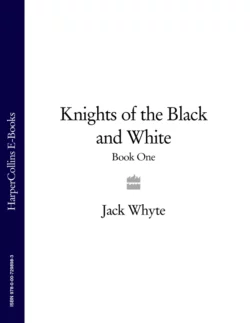Knights of the Black and White Book One

Jack Whyte
Тип: электронная книга
Жанр: Фэнтези про драконов
Язык: на английском языке
Стоимость: 619.22 ₽
Статус: В продаже
Издательство: HarperCollins
Дата публикации: 16.04.2024
Отзывы: Пока нет Добавить отзыв
О книге: The exciting first book in a brand new fictional trilogy about the most important events in the history of the Order of the Knights Templar.The Templars represent a widely popular period of history, but the roots of their fellowship have been shrouded in contemporary conspiracy theory and media glamour….this trilogy tells the true tales of the Knights Templar; beginning with why they formed after the First Crusade and why they continued to grow in power and influence.Immediately after the deliverance of Jerusalem, the Crusaders, considering their vow fulfilled, drifted back to their homes. But some considered that the defence of this precarious conquest, surrounded as it was by Mohammedan neighbours, still remained. In 1118, during the reign of Baldwin II, Hugues de Payens, a knight of Champagne, and eight of his companions bound themselves by a perpetual vow, taken in the presence of the Patriarch of Jerusalem, to defend the Christian kingdom and all god fearing pilgrims who wished to visit the Holy Land. Baldwin accepted their services and assigned them a portion of his palace, adjoining the temple of the city; hence their title «pauvres chevaliers du temple» (Poor Knights of the Temple).